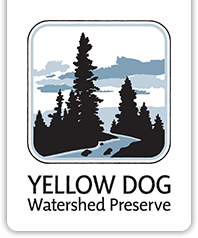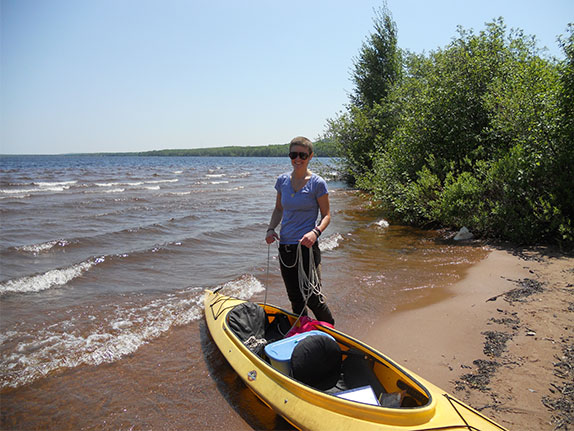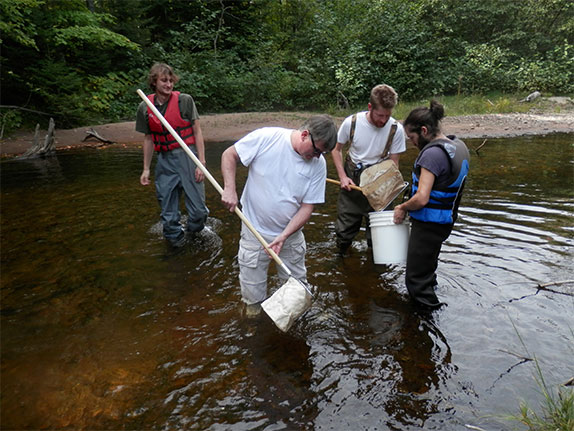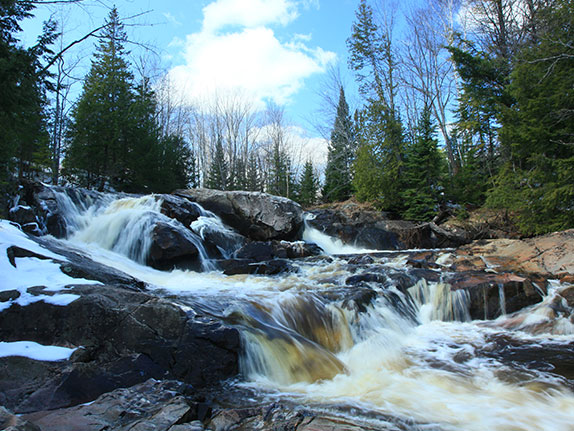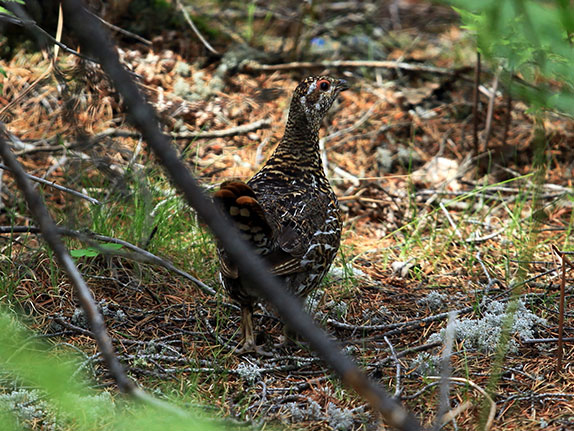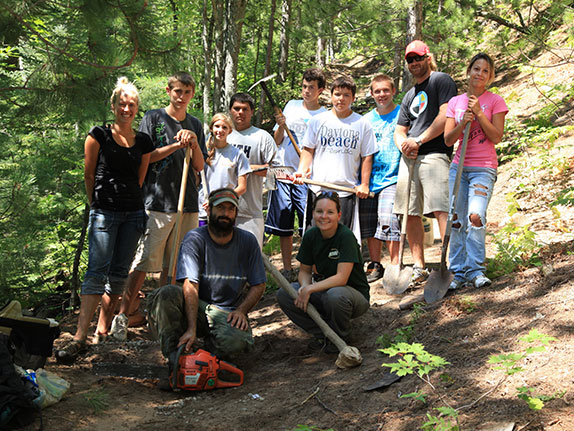
Mining
Issues & Advocacy
History of Our Work on Mining Issues
The Yellow Dog Watershed Preserve dedicates significant time and resources to protecting the watershed from the multilayered threat of sulfide mining. The Eagle Project, a nickel and copper mine whose main ore body lies below the headwaters of the Yellow Dog and Salmon Trout Watersheds, has been our primary concern. YDWP began monitoring water quality in the Yellow Dog River in 2003 and in the Salmon Trout in 2012, establishing baseline data should Eagle Mine ever contaminate these watersheds. YDWP continues to keep a vigilant eye on Eagle Mine and its processing facility, Humboldt Mill, through water monitoring, permit evaluation, and land monitoring.
Citizen Information Clearinghouse: Help Us Identify New Exploratory Mining Sites!
Increasing demand for minerals like copper and nickel in the tech, automotive, energy, and military industries is giving fresh impetus to mineral prospecting in the Central and Western Upper Peninsula. In response, YDWP has initiated a monitoring program in our watershed and beyond to keep track of new drilling and ensure that environmental regulations are not violated.
Although we possess useful tools for remotely monitoring known mining sites and conducting on-the-ground assessments, we depend on the public to inform us about new drilling activity. If you believe mineral prospecting is happening in an area you frequent, even if it is outside the Yellow Dog or Salmon Trout Watersheds, please complete the following form, so we can follow up with you and investigate the site itself. Thanks for your help!
Suspected Mining Site Report Form
Recent Posts
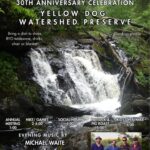
30th Anniversary Celebration
26 Jun, 25

2025 Fly-fishing Workshop on the Yellow Dog
11 Jun, 25

2025 Bentley Trail Ski & Snowshoe Event
07 Feb, 25

2024 Annual Meeting and Hike, 10/26
07 Oct, 24

